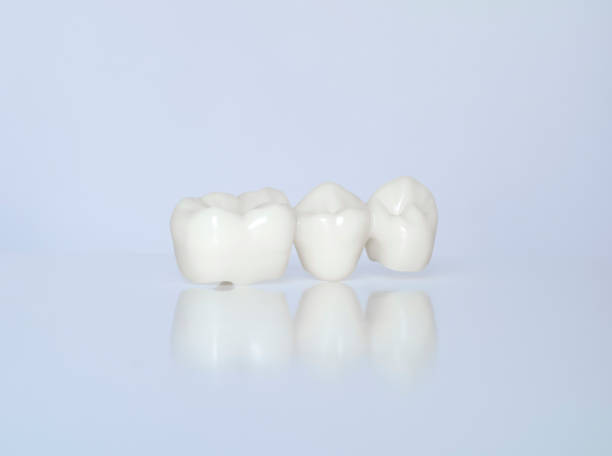
Dental Crowns near me
A visit to the dentist can be intimidating, and having a dental crowns placed is no exception. But with an understanding of what the procedure entails, how it’s cared for afterward, and its importance in maintaining you can feel good that getting a dental crown done necessary. In this blog post, we’ll cover what a dental crown is, why it’s important to get one when needed, the procedure for placing it – including how long each appointment typically takes – as well as tips on how to care for your newly placed crown to ensure optimal longevity.
What are Dental Crowns?
Dental crowns are caps, usually made of porcelain or ceramic, placed over a natural tooth to protect it from damage and decay. The cap is custom-made to fit the shape and color of the patient’s existing teeth, making it look like a natural part of their smile. Dental crowns can also be used to restore a damaged tooth, strengthen a weakened one, replace missing teeth with bridges or implants, and improve appearance by covering chips or discoloration, and cover dental implants.
Reasons to go crown dental centre
- There are several reasons why someone may need to get dental crowns, including:
- To restore a tooth that has been damaged by decay or trauma
- To strengthen a tooth that has become weak or brittle due to large fillings or root canal therapy
- To improve the appearance of discolored, misshapen, or chipped teeth
- To support a dental bridge or dental implant in replacing missing teeth
- To cover up orthodontic appliances such as brackets and bands.
Step-by-Step Procedure to get Dental Crowns
Consultation with the dentist: During your initial consultation, your dentist will take x-rays and assess the condition of your teeth and gums before deciding if getting a crown is the best option. They may also recommend other restorative treatments such as a bridge, root canal treatment, or dentures.
Preparation for the crown placement: Once it is determined that getting a crown is the best option, your dentist must prepare the tooth for the crown. This process involves removing any decay or damaged parts of the tooth and shaping it to receive the crown properly.
Placement process for the dental crown: After the preparation of the tooth, an impression of your teeth will be taken to make a custom-fitted dental crown for you. While this occurs, your dentist may place a temporary crown over your prepared tooth to protect it until your permanent one arrives from the lab. Your dentist will cement the permenant crown over your prepared tooth.
Aftercare instructions from the dentist: Once your dental crown is placed, your dentist will give you aftercare instructions such as brushing and flossing around the restored tooth, avoiding certain foods and drinks that may stain or damage it, and visiting them regularly for check-ups.
Caring and Maintaining Your Dental Crowns
Brushing and flossing regularly and properly around your crowned teeth:
It is important to brush twice a day for two minutes, each time with a soft-bristled toothbrush and fluoride-containing toothpaste to remove plaque buildup around the margins of a crowned tooth. Flossing should also be done daily to remove plaque and food particles between the crowned tooth and its neighbors.
Visiting your dentist regularly:
It is important to visit your dentist every six months for check-ups and cleanings to ensure that your crowned teeth are healthy and free from decay or other damage. During these visits, your dentist will inspect the crowns for signs of wear or damage and check for any cavities in the underlying tooth structure.
Avoid certain foods that may damage or cause discoloration to your crowns
Certain foods, such as chewy candy, can damage the crown if it is pulled off, while acidic fruits and drinks can cause discoloration over time. Also, hard foods such as ice cubes or hard candy should be avoided since they can damage the crown.
Protecting your crowned teeth from trauma and injury
It is important to protect the crown tooth from any physical trauma, such as biting on hard objects or playing contact sports without a protective mouthguard. Additionally, avoiding chewing tobacco and smoking cigarettes will help keep the crown looking its best over time.
Dentist crown specialist near me
The dental crowns are excellent for restoring teeth that have suffered from decay, damage, or missing enamel. It can help improve overall oral health and hygiene and even prevent the need for a root canal in the future. Rest assured, with the proper care and maintenance of your new dental crown, you can keep it looking great lifelong.
If you are considering a dental crown or have questions about what it may involve, contact dentist today to get answers and start planning your treatment. To ensure your dental health is in safe hands, choose the best dentist near Toronto with experience in providing quality services. With their expertise and guidance, you can feel comfortable knowing you are making the right decisions for your teeth.

